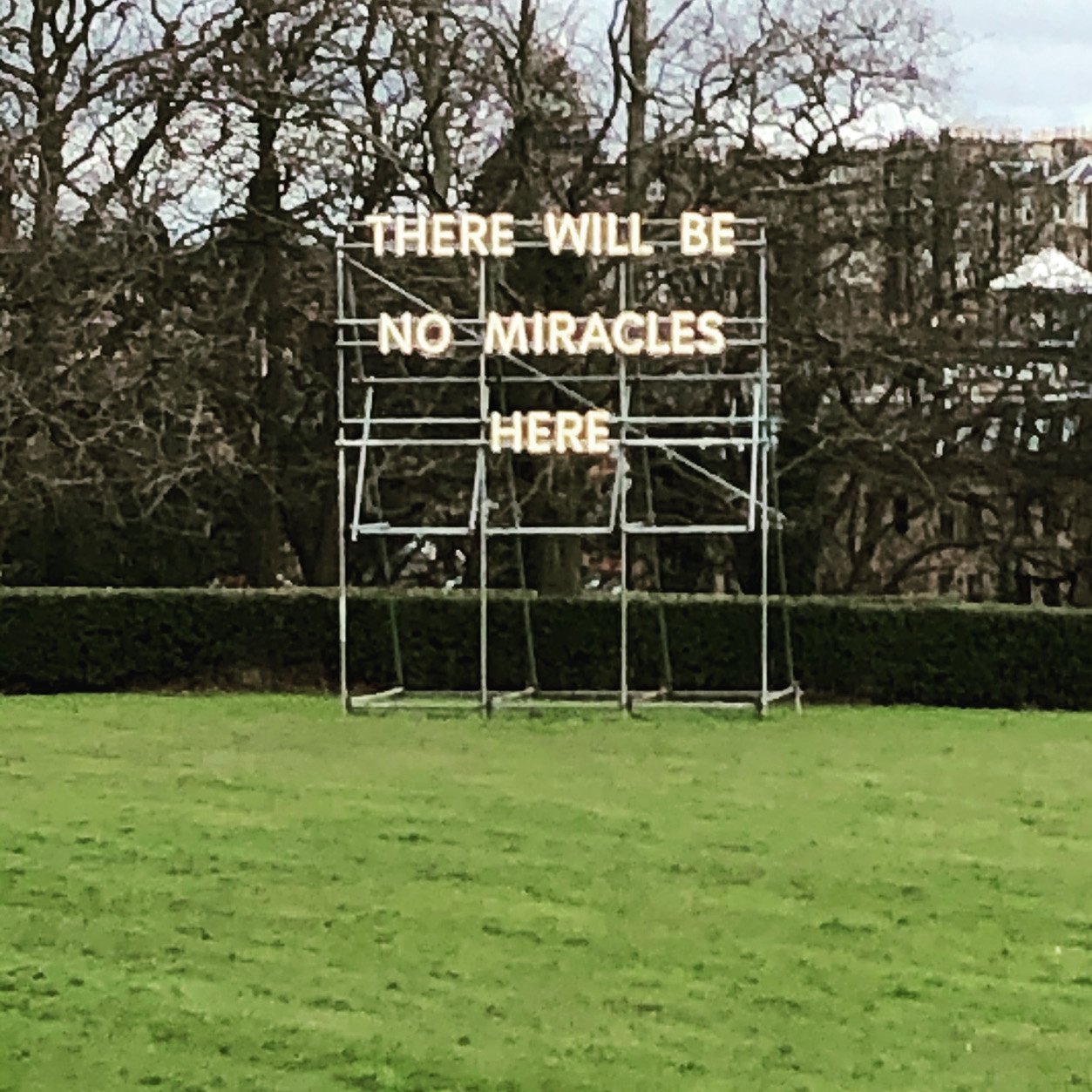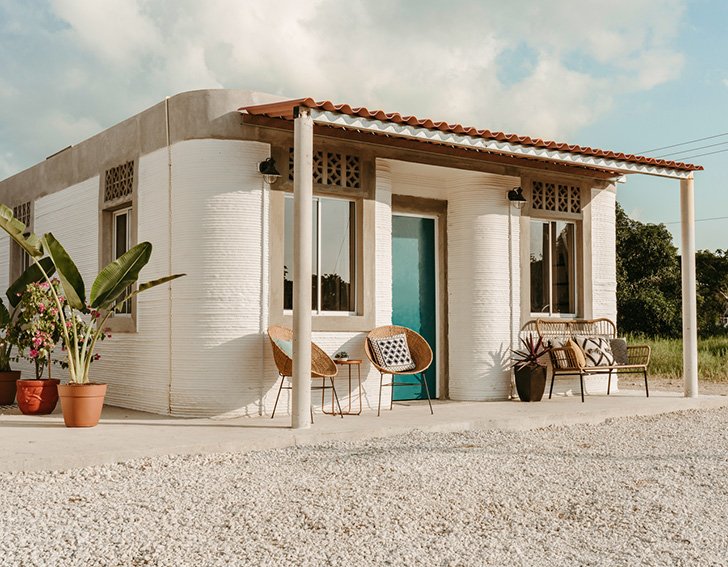Can interior design ever be sustainable?
Can interior design be sustainable?
Lessons in commerce, nature, innovation & coexistence
Interior design is part of the built environment industry responsible for a colossal percentage of global emissions, extraction of resources, pollution, waste and bio-diversity loss. This same industry provides housing, infrastructure, buildings for public, social and health services, and employment and is at the heart of challenges arising from population change, migration and the exponential growth of cities.
Motivated by needing to make sense of this and understanding how to be part of the positives without further wrecking the planet, I enrolled on Business Sustainability Management at Cambridge Institute for Sustainability Leadership: a crash course in how and why we can thrive and continue in business. After 8 blocks of study, with insights from leading global industry figures and a lot of reading I am better informed. While this is not the same as knowing the answers, I have the following 5 big picture, somewhat hopeful lessons.
1 What is sustainability?
Much more than energy and carbon, the United Nations Sustainable Development Goals tackle ending poverty, protecting the planet and ensuring global prosperity through development. This is not about going back to the dark ages, it is about global parity, there are 17 goals, there are all connected and they affect everyone.
Sustainability is a word that has ceased to have useful meaning in part because it is a catch-all for this complex mix of interlinked issues; the UN Goals are a good place to start untangling.
2 Who’s doing what?
Policy makers move slowly on regulation and incentives, and change tack far too often at least in the UK; meanwhile other levers are working. All development needs access to financial markets which operate beyond the parameters of national politics, the same is true of insurance, and both can challenge the status quo in ways that governments cannot.
If housing developments cannot be financed or insured because they are not sufficiently future-proofed, or if existing cities become non-viable and un-insurable due to lack of resilience to climate-related risks, what then? business is both the problem and potentially the catalyst for change.
3 Measuring is vital, and difficult
We need precise and easy tools to understand impacts and to make informed choices, currently a mess of greenwashing, competing systems, opaque supply chains and changing opinion.
This may be coming slowly but it is coming; we all need to ask for more - information, detail and statistics, and as we do this we get more attuned to the genuine and the bluff.
4 Depressing, overwhelming? Yes, but think radical and forward
Fast fashion is another resource-guzzling, waste-making and exploitative industry and shows no sign of slowing down. On the other hand, clothing rental is an option unimagined 5 years ago and is now a viable alternative to the highstreet quick-fix.
Apply this thinking to buildings which could change from owned, polluting and depreciating assets (how does thIs make sense?) to repositories of valuable parts available for perpetual re-purpose. No match for today’s construction model, and in the UK tax needs to shift to help this move, but we are talking about retro-fit and passports for building components and materials – two more new terms that translate to new practice.
5 We are good at innovation so there is hope for change
Not least because solutions to biodiversity loss or mass migration are also business opportunities. We see the dark side of this in people trafficking which has proved a lucrative spin-off from social, economic and environmental disruption around the world, and the positive in restorative design and frugal tech.
Not to be confused with politicians and think-tanks who dismiss policy measures on the grounds that things will sort themselves out, just an observation that problems, opportunity and innovation are related.
Sustainability Business Management Cambridge Institute of Sustainability Leadership
There Will Be No Miracles Here Nathan Coley SNG Modern Art 2020
3-d printed community housing Loaves & Fishes


